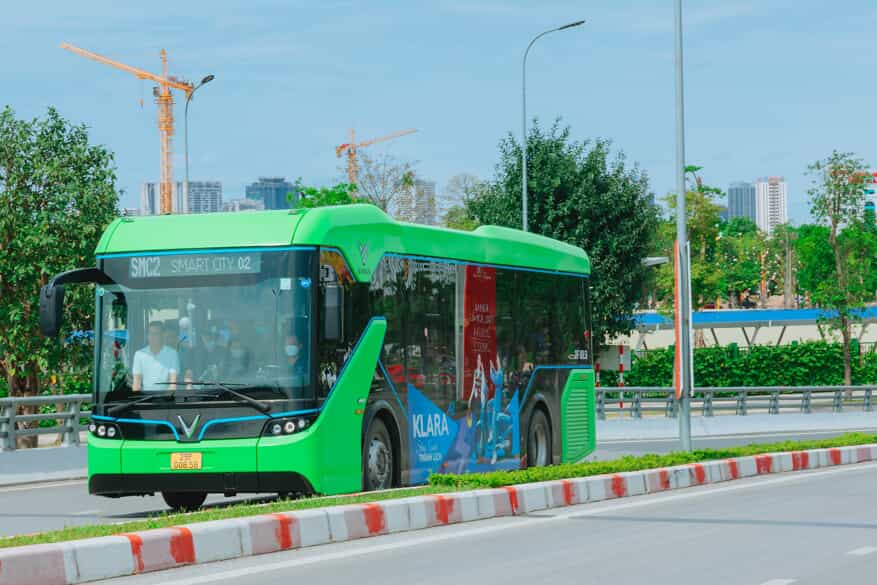A Beginner's Guide to Electrification
In an era where sustainability and efficiency are at the forefront of global conversations, electrification emerges as a pivotal player in shaping our future. From the light bulb's invention in the late 19th century to the modern-day surge of electric vehicles, electrification's journey encapsulates a drive towards a greener and more efficient world. This blog delves into the history, implications, benefits, and challenges of electrification across various sectors, illustrating its transformative impact on our lives, environment, and economy.
What is Electrification in Simple Terms?
Imagine your life devoid of charging smartphones, having no electric toasters, or missing out on electric trains. These everyday examples epitomize electrification. In essence, electrification is about converting systems or devices that traditionally relied on other forms of energy (like coal, gas, or manual effort) to run on electricity.
This transition is aimed at improving efficiency, sustainability, and convenience. For every sector that turns to electricity, there's a potential reduction in harmful emissions and an enhancement in overall productivity.
Historical Context of Electrification

The tale of electrification is as old as the late 19th century when pioneers like Thomas Edison and Nikola Tesla introduced the world to the wonders of electricity. Edison's patent of the light bulb in 1879 marked a monumental shift in human lifestyle, while Tesla's alternating current (AC) system made it feasible to distribute electricity over vast distances. From these breakthroughs, the world saw a cascade of inventions, innovations, and a gradual shift towards an electrified future.
Different Sectors and Electrification
Transportation

The roar of gasoline engines is increasingly being replaced by the hum of electric vehicles (EVs). EVs, with their promise of zero emissions, are taking over roads worldwide. Modern cities have also embraced fleet electrification via public transport systems such as trams, trains, and buses, ensuring that large populations can move sustainably.
Industrial
The shift in industries towards electrification is palpable. Factories worldwide are recognizing that electrification, beyond just being a sustainable choice, also amplifies efficiency. Traditional factories ran on a cocktail of energy sources, predominantly fossil fuels. Now, a significant transition is underway where industries are adopting electric-powered machinery, minimizing their carbon footprint and operational costs.
Residential
The modern home is a marvel of electrification. From electric heating systems to smart homes governed by AI-driven devices, electrification promises both convenience and efficiency. Moreover, the rise of smart homes, equipped with AI-driven devices and systems, depends profoundly on electrification. These smart homes, while offering unparalleled convenience and automation, also raise pertinent questions about energy consumption and sourcing.
Agriculture
Agriculture, a cornerstone for civilizations, hasn't remained untouched by electrification. Today's farms are more efficient than ever, thanks to electric-powered equipment. The transition to electric machinery ensures not only productivity but also supports the global call for sustainable farming methods.
The Environmental Impact of Electrification
Electrification stands as a beacon of hope in reducing global carbon emissions. Transitioning from coal and oil to electricity can drastically cut down pollutants. However, this shines a spotlight on the sources of our electricity. If the electricity is generated from coal, the benefits are muted. Hence, ensuring a green supply chain powered by renewable resources like wind, solar, and hydro is crucial.
When comparing electrification to traditional fossil fuel consumption, the environmental benefits become clear. However, this shift necessitates a thorough analysis of where our electricity comes from. If we merely move from burning fossil fuels directly to burning them for electricity, we might not make real progress. Thus, the push for renewable energy sources is at an all-time high.
Electrification and the Economy
Economic prosperity and electrification walk hand in hand. With new industries centered on electric technologies sprouting, job opportunities are on the rise. Moreover, as businesses adopt electric methods, operational costs decrease, translating to savings for consumers.
Moreover, as the globe witnesses a surge in electrification-related sectors, it opens a plethora of investment opportunities. From electric vehicle startups to renewable energy projects, there's a clear economic boom linked to electrification.
In the long run, as the infrastructure improves and technologies become more mature, consumers are likely to benefit from reduced costs. For instance, solar panel prices have plummeted over the years, making green electricity more accessible.
Potential Challenges and Criticisms of Electrification
Electrification, despite its many benefits, is not without significant challenges:
Grid Capacity
As demand for electricity soars, there's an immediate need to enhance grid capacity. Our existing infrastructure may struggle to keep up with the exponential growth in power consumption.
Reliability
Ensuring a consistent and reliable power supply is paramount. With increasing reliance on electricity, any disruptions can have far-reaching impacts on daily life and business operations.
Green Energy Sourcing
Electrification's green credentials are only as good as its source. There's an urgent need to pivot from fossil-fuel-based electricity to sustainable sources like wind, solar, and hydro.
Urban-Rural Disparity
As cities race towards complete electrification, rural areas are at risk of being sidelined. This creates a glaring socioeconomic disparity. The transition to electricity must be inclusive, and all regions need to be onboarded with equal vigor and commitment.
Universal Access
Ensuring that electrification is universal remains a daunting task. Rural areas, in particular, face the threat of being left in the dark. It's imperative that the benefits of electrification are distributed equitably, ensuring all communities, regardless of their socio-economic status, benefit from the electric revolution.
The Future of Electrification
The next decade in electrification promises awe-inspiring innovations. With advancements in battery technology, renewable energy, and smart grid solutions, we're looking at a world where electricity powers everything from our cars to our coffee machines. While we can expect remarkable technological innovations, it's also essential to recognize our role in this electrified future. By staying informed, making sustainable choices, and encouraging community-level shifts towards electricity, each individual can make a difference.
Electrification Summarized
Electrification is more than just a technological shift; it's a vision of a future that's efficient, sustainable, and inclusive. As we traverse this electrified path, it's crucial to acknowledge both the immense benefits and the inherent challenges that come with it. Ensuring that this transition is equitable and green will define its success.
The road ahead promises innovation, but it's our collective responsibility to ensure that the electrification wave touches every corner of the globe, ushering in an era where progress and sustainability coexist harmoniously.

